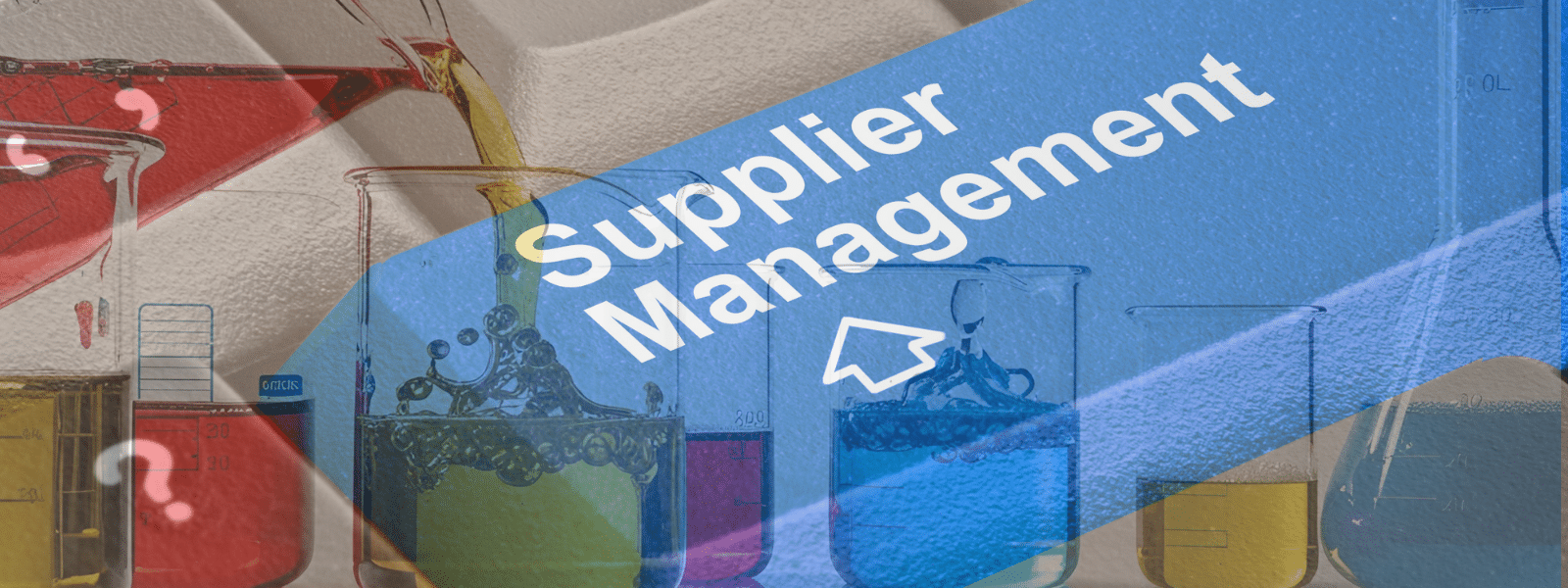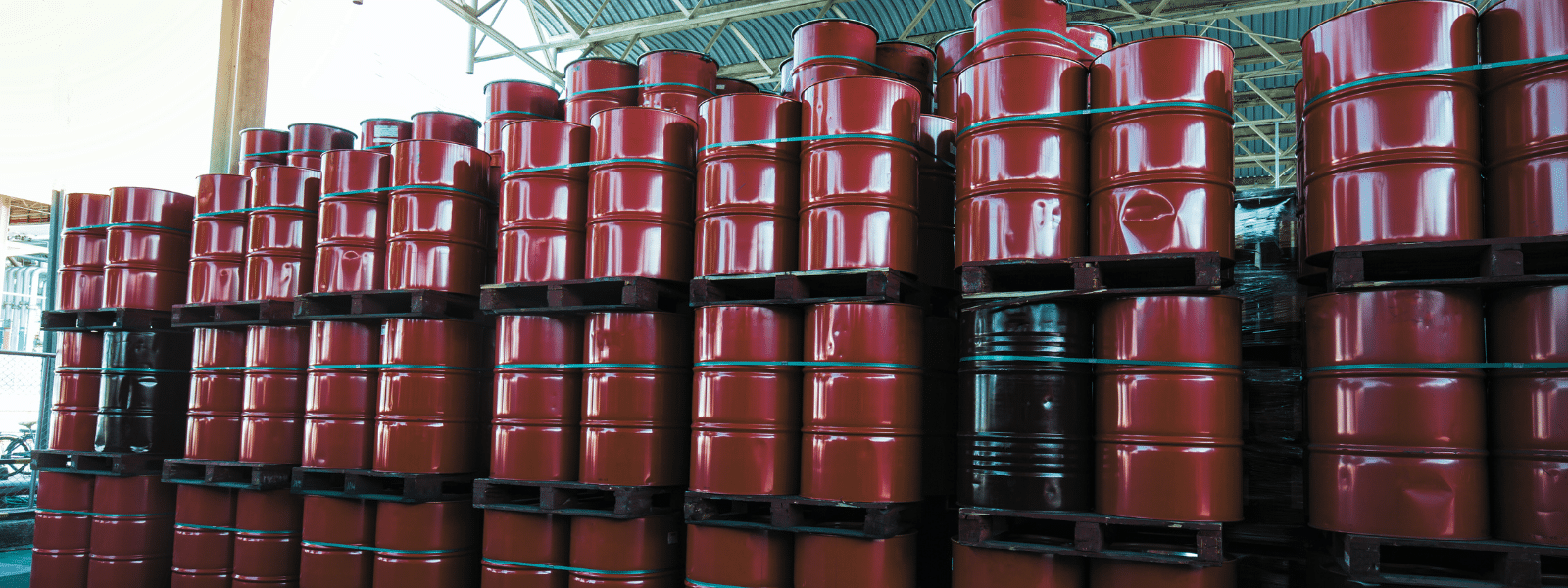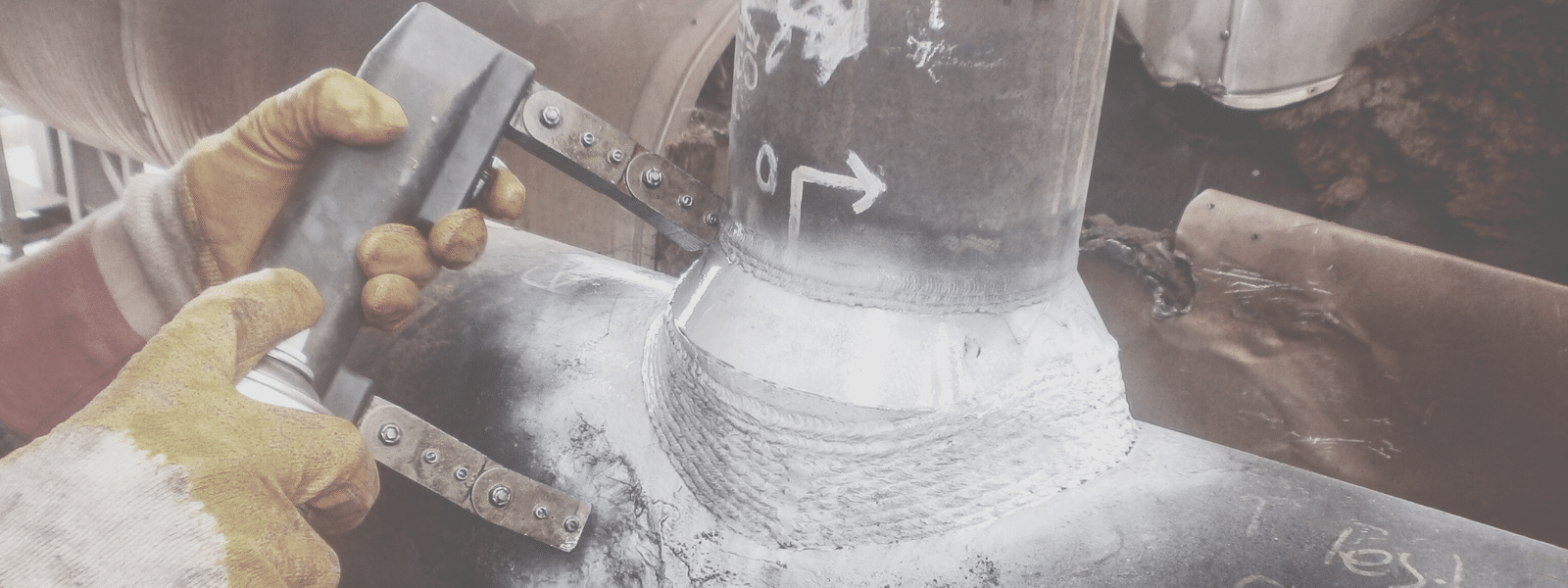In many urban areas, it’s normal to look up at night and not see a starry sky—and that isn’t a good thing. Excessive use of man-made light has caused harmful light pollution to invade our night skies, preventing us from seeing the natural beauty of the sky, and negatively impacting the health of all living beings.
Unlike other forms of pollution, light pollution is reversible, but only if we act.
In this blog post, we’ll learn more about the effects of light pollution, how to reduce light pollution, and how the International Dark-Sky Association is advocating for darker skies worldwide.
What Is Light Pollution?
Light pollution is the lightening of skies due to excessive and unnecessary use of artificial light. Artificial light can refer to street lights, house lights, and other man-made light sources that disrupt the observation of starts and other celestial bodies in the night sky.
Light pollution is entirely man-made, and is caused by industrial civilization. Light pollution can also be categorized into four different components:
- Glare -> An excess amount of brightness that causes discomfort to the eyes
- Skyglow -> Wasted light and energy present in the sky of uninhabited areas
- Light trespass -> When light falls in places that it is not needed
- Clutter -> Too much light grouped in an area that causes confusing and bright light
This type of pollution may not seem like much of an issue for those who have become accustomed to starless nights or don’t consider themselves stargazers, but the consequences of lighter skies are more severe than you may think.
Here are only a few of the ways that light pollution negatively impacts our world:
Human Health
Like animals, humans have a biological clock, known as our circadian rhythm, that relies on natural light to dictate our sleeping and waking patterns. However, artificial light can greatly disrupt this circadian rhythm and can even suppress our melatonin disruption—an essential hormone that helps keep our immune system healthy, and helps several of our internal organs function properly.
While all artificial light can harm the melatonin production in our body, there is one kind that is worse than others: blue light.
Blue light is the light that’s found in the screens of many of our technological devices, such as:
-
-
- Smartphones
- Smart tablets
- TVs
- Smart watches
- & More
-
Certain light bulbs in your house may also contain more blue light rather than warmer temperature lights, and exposure to this harsh blue light at nighttime could be preventing you from getting the proper sleep your body needs.
The best way to limit your blue light exposure at home is to decrease screen time at night, or at least switch your devices to a “warm temperature” setting if possible. You should also consider checking the types of light bulbs you have using the Kelvin Temperature Scale, and consider switching your bulbs to ones with warmer colors and with a maximum temperature of 3000K.
Wildlife & Ecosystems
While animals aren’t surfing the internet at night and exposing themselves to harmful blue lights from phone and TV screens, wildlife is still negatively impacted by our excessive use of artificial light situated on the outside of our homes, emitted from street lamps, and a variety of other sources.
Artificial light is powerful enough to make the nighttime mimic the day time with the amount of excessive light in the sky. This is confusing for nocturnal animals as well as those that thrive in the daytime and rely on the natural night skies for feeding, mating, sleeping, and several other essential actions.
Take frogs, for example. Many dwell in wetland habitats and croak at night to find mates, but thanks to light pollution, this nocturnal activity is disrupted, affecting breeding rituals and repopulation of the species.
In addition to animals, artificial light also negatively affects plants, harming growth in agriculture crops and several wild species.
Crime & Safety
There is not sufficient evidence to connect well-lit streets with a decrease in collisions and crime rates. In other words, the light used to brighten many empty streets at night generally does more harm than good, creating light pollution and harming human health rather than helping it.
Energy Waste
Wasted energy associated with artificial light in the US equates to $3.3 billion each year, and from an environmental standpoint, translates into 21 million tons of carbon dioxide emitted into the air per year.
While wasted energy can be attributed to misuse of artificial light, it can also mean the type of light bulbs that are being used are not optimal. LED lightbulbs and CFLs are much more energy efficient than other kinds of light bulbs.
Night Sky Heritage
Even if it’s been a while since you did some stargazing of your own, you more than likely have seen or heard of references to starry skies. Literature, science, and everything in-between has found inspiration, made technological advancements, and even found guidance thanks to dark skies:
-
-
- Vincent van Gogh’s famous painting, “Starry Night”
- Learning about the universe and our place in it
- Navigating the globe
- The moon landing and continued space exploration
-
Reducing Light Pollution: International Dark-Sky Association
Even if this is the first time you’re hearing about the seriousness of light pollution, there’s a group that has been advocating for darker skies since 1988: The International Dark-Sky Association (IDA).
For over thirty years, the activists of IDA have committed themselves to spreading awareness about the negative impacts of light pollution and showing everyday people how they can make changes at home to restore our skies.
Even though IDA has evolved on a global scale since the association’s inception, light pollution is still increasing at an alarming light thanks to the influx in industrial lighting over the years and urbanization of historically untouched areas. The International Dark-Sky Association continues to host educational events and meetings to inform the community about the severity of light pollution, and has several chapters filled with activists working hard to protect our skies.
In addition to outreach programs, the International Dark-Sky Association has created a Fixture Seal of Approval that helps homeowners, businesses, and anyone who uses a light bulb to make sure that they have responsible outdoor lighting.
Responsible outdoor lighting refers to lighting that decreases or eliminates the four main components of light pollution previously discussed:
-
-
- Glare
- Skyglow
- Light trespass
- Clutter
-
This may include switching to warm light bulbs to eliminate harmful blue light, adding shades to keep light localized, and more.
The International Dark-Sky Association has also devised a plan to protect our night skies, which is divided into four parts:
Celebrate the Night
Protecting our skies starts with recognizing the value of them. Understanding that irresponsible use of artificial light poses a serious threat to our health and the health of all living things is essential, in order to help motivate us to take action.
Dark Sky Protection
By creating chapters across the globe, continuing to have outreach programs, and creating lighting certifications are only a few of the way that IDA advocates for darker skies, protecting our nights from artificial light.
Lighting Where We Live
Whether you live in a small town or a booming city, the International Dark-Sky Association believes that we need to all work together to make changes in our communities to create positive impacts. Adhering to responsible lighting policies and practices is only one small way to make a big change in any community.
Skyshed Restoration
Even though light pollution is increasing, we can work together to reverse the damage and restore our starry skies. Through intentional actions and group efforts, we can make a positive change.
To learn more about all that the International Dark-Sky Association is doing in your community and others across the globe, visit IDA’s website.
How You Can Advocate for Darker Skies & Reduce Light Pollution
Ready to start eliminating light pollution in your community once and for all? Your first steps for advocating for darker skies can be as simple as raising awareness about the harmful effects of irresponsible outdoor lightning by notifying friends, family, and other members of your community. To stay informed, become an IDA member to receive newsletters about the success of nighttime protection efforts being made across the globe, and other Dark-Sky initiatives.
After you’ve completed these easy steps, try out these five ideas to start making your nights darker:
-
Asses the Lighting Around Your Home & Business
Lead by example and reduce light pollution in your own backyard—literally.
Check your property for inefficient and excessive lighting, indoors and outdoors. You may be surprised to find that many of your outdoor lighting is missing a simple shade which can help localize light and aim it down onto the ground, eliminating the amount that bleeds into the sky.
Here are a few other ways that you can reduce light pollution around you:
-
-
- Install motion sensors and timers that automatically turn off lights when not in use
- Install light bulbs that don’t have high amounts of blue light
- Make sure that your lights have IDA’s Fixture Seal of Approval
-
-
Become an Advocate in Your Town
One of the best ways you can advocate for darker skies in your community is by spreading the word. By setting up outreach tables with information about the International Dark-Sky Association’s mission and the need to reduce light pollution, you can start to raise awareness. All International Dark-Sky Association members can request free printed brochures to pass out to people in your town.
You can even go a step further and check out your community’s light ordinance to see if there are any rules in place to help protect our skies. Many local governments will supply this information to the public either on their website or over the phone. If there’s currently not a light ordinance in place to help reduce light pollution in your town, then follow these steps to get a light ordinance approved in your community.
-
Support IDA
Show your support for darker skies by purchasing IDA’s t-shirts and other products in the convenient online store. A t-shirt can be a great conversation starter, and an easy way to spread the word about the importance of dark skies in your community. A percentage of your purchase also goes towards saving our skies from artificial light.
-
Become a Community Scientist
Even if you don’t have a scientific background, you can still become a community scientist and help put an end to light pollution. As a citizen scientist, you’ll help measure light pollution in your community and report your findings back to scientists who will use the data to better understand skyglow and its impact.
All you need to start is a smartphone and a few minutes of your time. Learn more about how to become a citizen scientist by clicking here.
-
Visit a Dark Sky Place
What better way to support dark skies than by celebrating them? Thanks to IDA’s Dark Sky Program, you can find a location with minimal to no artificial light near you. Since many of these dark sky locations are located within state parks and other protected areas, any money you may spend to visit a dark sky location will go towards supporting the area and protecting its natural beauty.
Become a Dark Sky Advocate Today!
What are you waiting for?
Become an IDA member and start advocating for darker skies in your community now! With your help, we can continue our fight to reduce light pollution and the negative impacts associated with excessive, irresponsible man-made light.
Big changes start with small steps, and at Ecolink, we believe that every step counts, no matter how tiny it may seem. That may look as simple as swapping out toxic chemicals at your business for eco-friendly ones that are not only safer for the environment, but also for your team’s personal health.
To learn more about Ecolink’s dedication to the environment and our efforts to responsibly supply and formulate chemical solutions for industrial use, contact us today!















